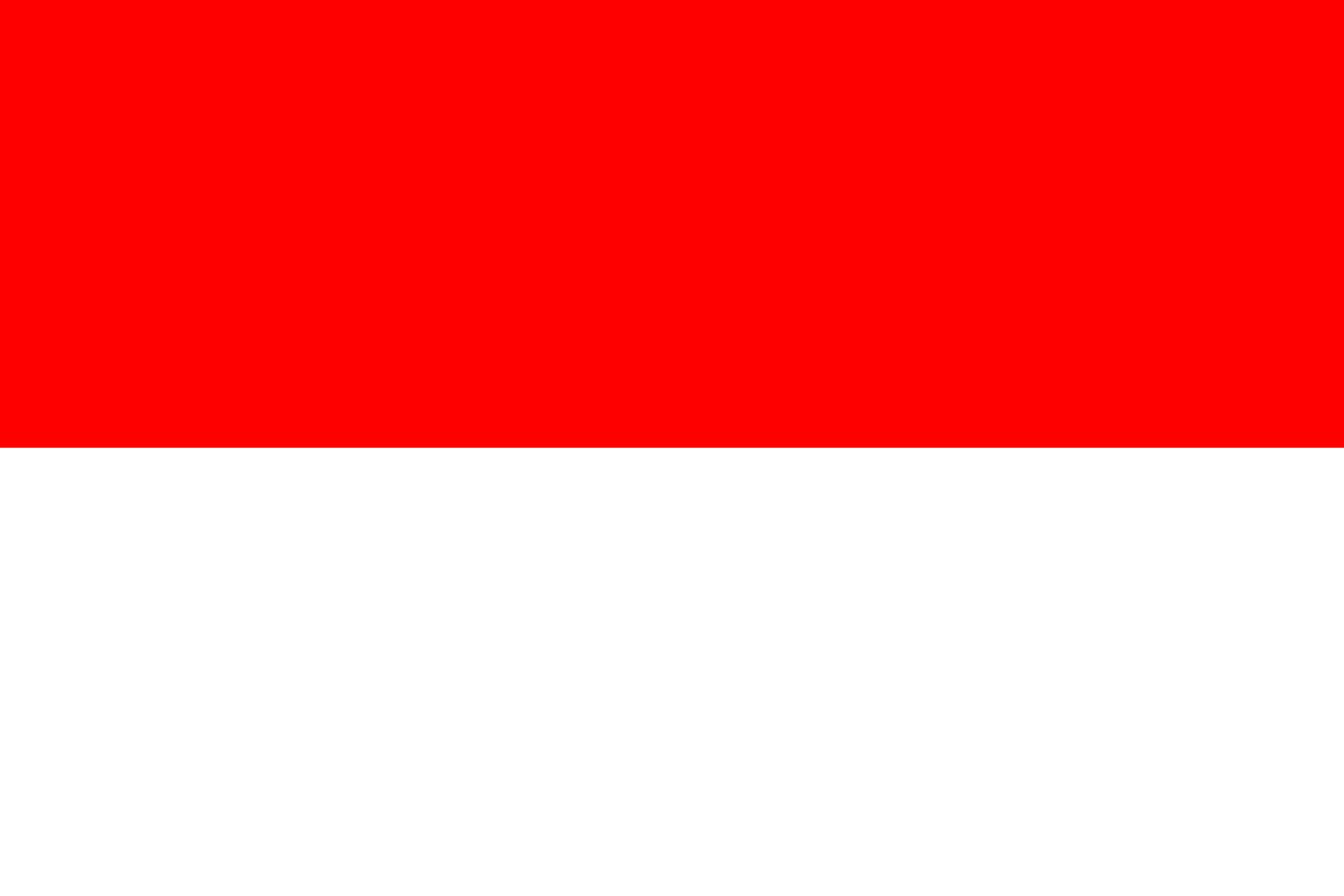1) What warms the planet?
Decay
of radioactive isotopes provides about half of the Earth’s heat and the rays
from the sun.
2) Referring to this diagram explain
why the equatorial regions receive more radiation and therefore are warmer than
Polar Regions.
This diagram shows the polar region
gets more direct sunlight then the Polar Regions. Which will make the Polar
Regions more colder.
 3)
Define Albedo. Which would absorb more radiation a snow covered
3)
Define Albedo. Which would absorb more radiation a snow covered
mountain or a black roof?
Albedo is the proportion of the incident
light or radiation that is reflected by a surface, typically that of a planet.
A black roof absorbs more radiation than a snow-covered mountain.
4) Explain lapse rate.
Lapse rate is the rate at which air
temperature falls with increasing altitude. n the lower regions of the
atmosphere (up to altitudes of approximately 12,000 metres (39,000 ft), temperature
decreases with altitude at a fairly uniform rate. Because the atmosphere is
warmed by convection from Earth's surface, this lapse or reduction in
temperature is normal with increasing distance from the conductive source.
5) Explain Aspect. In the Northern
Hemisphere will plants grow better on the north or the south side facing side
of a mountain?
aspect is the compass direction that a
slope faces.
6) Why do we have seasons?
The reason we have seasons is because the
earth is on a slant. As it makes around the yearly journey the earth is on a slant.
The areas that get more sunlight are mostly in the summer season and vise
versa.
7) Which heats up faster: Land or Water?
A land surface will heat up more quickly, because
the heat gets absorbed in the surface, and to a much higher temperature than
the open ocean will. Shallow ocean or lake waters will warm more rapidly and to
higher temperatures than deep waters, because shallow water has less mass to
heat up.
8) Describe the impact that being far away
from water has on the climate of the prairies
The climate is a lot drier and it shows
through plants. Certain plants cannot be grown in the prairies because the
climate is to dry.
9) Explain the impact of the Gulf Stream on
Norway.
The Gulf Stream on Norway has strong winds,
which keeps ice and snow away. Even though Norway is close to the artic there’s
less snow because of the wind.
10) What current runs past BC?
The Alaska current runs past B.C.
11) Describe the impact of adding extra
carbon dioxide to the atmosphere on the temperatures of Earth.
By adding more carbon dioxide to the
atmosphere it would cause the Earth to heat up more.
12) Describe convection. THIS IS IMPORTANT TO UNDERSTAND AS WE MOVE
THROUGH THE COURSE
Convection is the movement in gas or liquid
in which the warmer parts move up and the colder parts go down. Meaning dense
materials rise and denser materials drown under the influence of gravity. Which
results in heat.
13) What is wind?
Wind is the perceptible natural movement o
air. It can come in a form of a current from air blowing from a particular
direction.
14) Explain urban heat islands, and explain
why they occur.
An urban heat island is a metropolitan area
that is significantly warmer that the other areas within the surroundings. It
usually happens from human activities.




